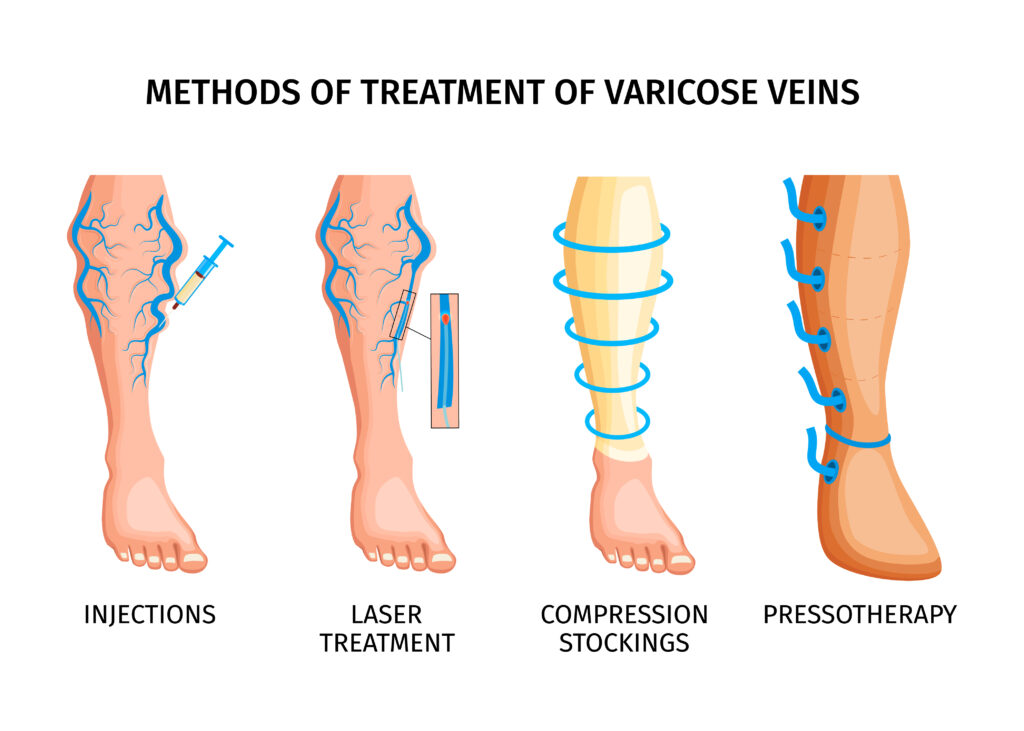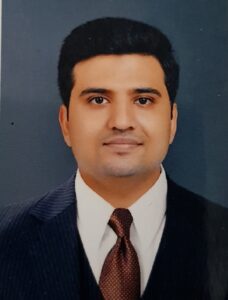Varicose Veins Treatment

Varicose veins are enlarged, twisted veins that usually occur in the legs and can cause discomfort, pain, and aesthetic concerns. Minimally invasive procedures aim to address these issues with less pain, shorter recovery times, and reduced risk of complications compared to traditional surgery.
One common minimally invasive procedure for treating varicose veins is endovenous laser ablation (EVLA). During EVLA, a thin laser fiber is inserted into the affected vein through a small incision. The laser energy heats and seals the vein, causing it to collapse and eventually be reabsorbed by the body. This procedure is performed under local anesthesia and typically takes less than an hour to complete. Patients can usually resume normal activities within a day or two after the procedure.
Another minimally invasive option is radiofrequency ablation (RFA), which uses radiofrequency energy to heat and close off the diseased vein. Similar to EVLA, RFA is performed through a small incision under local anesthesia and offers minimal discomfort and downtime.
Sclerotherapy is another minimally invasive treatment for varicose veins, particularly smaller veins or spider veins. During sclerotherapy, a special solution is injected directly into the affected vein, causing it to collapse and fade over time. This procedure can usually be performed in a doctor’s office and requires little to no downtime.
Other minimally invasive techniques for varicose vein treatment include foam sclerotherapy, in which a foam solution is used to treat larger veins, and ambulatory phlebectomy, which involves the removal of varicose veins through tiny incisions.
Overall, minimally invasive procedures for varicose vein treatment offer several advantages over traditional surgery, including:
- Reduced pain and discomfort during and after the procedure.
- Quicker recovery times, allowing patients to return to their normal activities sooner.
- Minimal scarring, as incisions are small and typically do not require stitches.
- Lower risk of complications such as infection or nerve damage.
These minimally invasive techniques have revolutionized the treatment of varicose veins, providing patients with effective and convenient options for improving both the health and appearance of their legs. However, it’s essential for patients to consult with a qualified healthcare professional to determine the most appropriate treatment approach based on their individual needs and medical history.


